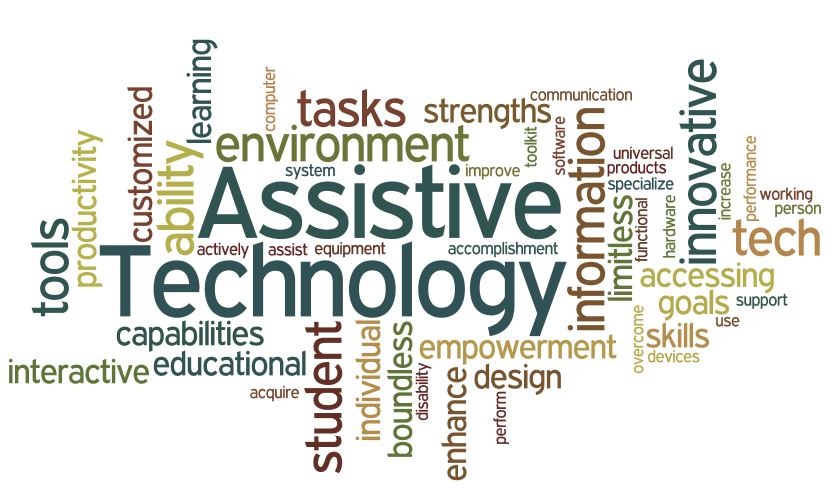Personalized Learning

Today there are endless technology resources for educators to utilize and experiment with. Technology is constantly growing and developing which means systems and software are always changing. This makes accessibility and assistive technological resources wonderful and challenging for educators to use. With these resources, come convenience and improvement, however, it also brings difficulties and can be time consuming to incorporate. In the end, assistive technology is important to utilize in the classroom because there are many sources which will aid the students and teacher in creating a better learning experience and environment. Technology can assist students with a variety of needs and diverse learning abilities.
When using assistive technology in the classroom, it is important to practice patience and remember that it is being used for the betterment of the diverse group of students. For example assistive technologies are "developed to answer visual, hearing, and mobility challenges" (Zillion, Ohashi). This provides a pathway for students with disabilities to be able to achieve tasks and be more efficient in the classroom. No student is the same, all students are made differently with a variety of strengths, weaknesses, challenges, and personality traits. It is important to realize that as an educator, in order to implement structure and opportunities that will fit the needs of all the students. Assistive technology makes this process easier.
With ever-changing technology, there is need for experimenting and the testing of resources. For example, "research is still a critical part of the process of new educational technology implementation" (Walker 88). The can bring challenges to implementing technology throughout one's classes. Some technology has been well used and known by many, however, there are other valuable resources which may be knew and experimental. Educators must be prepared to come into contact with well known and new technologies. It is important to try knew resources and make changes within the classroom in order to improve motivation and engagement. Overall, a teacher must not be afraid of change in their courses.
Overall, I believe it is important to be patient and wise when working with assistive technology. Students are all very different, that is why it can be beneficial to assess student needs prior to the course. Assistive technology can be something very simple, but also something greatly complex to utilize. In fact, when identifying the best assistive technology for a student "Training and functional capability evaluation may be conducted to assess the learner’s ability to use the device and evaluate the service’s success rate" (LD Resources). It is important to research and be prepare for technology to be changing outside and within the classroom.
1. https://www.ldrfa.org/incorporate-assistive-technology/
2.https://elearning.cairn.edu/pluginfile.php/1019915/mod_forum/intro/Leveraging%20Emerging%20Technology%20to%20Design%20and%20Inclusive%20Future.pdf
3.https://elearning.cairn.edu/pluginfile.php/1019915/mod_forum/intro/The%20Evolution%20of%20Assistive%20Technology%20Article.pdf..
Educators have a unique task ahead. Technologies are constantly changing and improving. Not being afraid to try a new resource may be the biggest hurdle for today's educator. The dual effort of delivering the knowledge and using a delivery method best suited for the learner is a large task for the educator. Yes, much patience is needed for the educational environment of the 21st century.
ReplyDelete